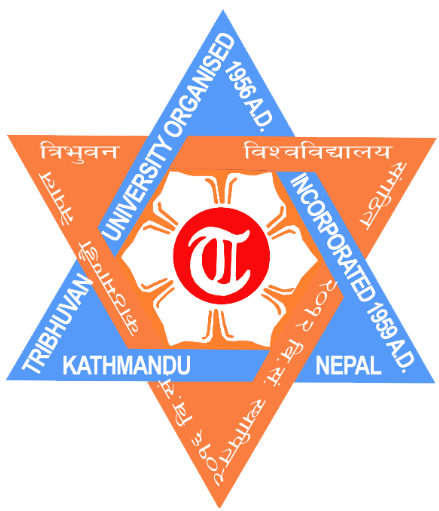Horticulture Innovation Lab in Asia
Since 2012, the Horticulture Innovation Lab has partnered with Kasetsart University in Thailand, to coordinate a regional center that can serve as a horticultural hub for innovations, information, and training in Asian regional countries. Find out more about the Horticulture Innovation Lab Regional Center at Kasetsart University.
In Bangladesh, the Horticulture Innovation Lab collaborates on a research project with the Nutrition Innovation Lab that examines nutrition impacts of horticultural innovations.
Over the years, the program has invested in testing, adapting systems, and scaling out the use of drying beads to improve seed systems in Asian countries. See more information about the most recent project to scale up seed-drying technology in Bangladesh or find information resources about how to use drying beads to preserve seed quality.
In Cambodia, program researchers from UC Davis and from Kansas State University have partnered with researchers from the Royal University of Agriculture to advance horticultural science in regards to several topics — and to build local scientific capacity as well. Learn more about the Horticulture Innovation Lab's work and partnerships in Cambodia.
In collaboration with the USAID Mission in Tajikistan, the Horticulture Innovation Lab is also working to improve practices for dried apricots for farmers in southern Tajikistan.
In addition to countries where the program is currently funding research, the Horticulture Innovation Lab has also conducted research in the past in Vietnam, Sri Lanka and Thailand.










